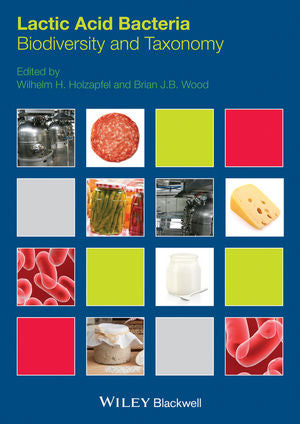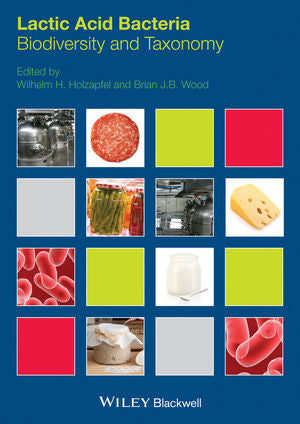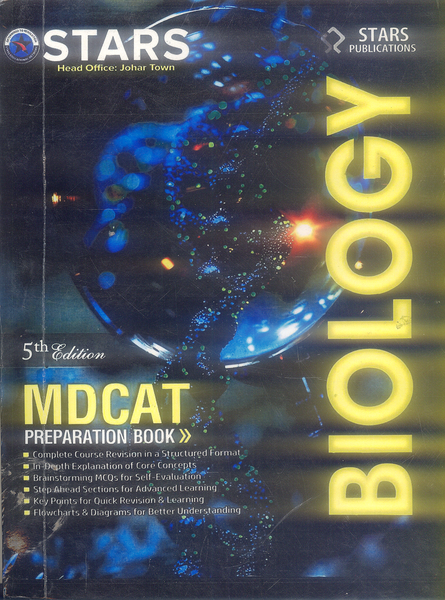Lactic Acid Bacteria Biodiversity And Taxonomy
- Publisher: FOOD SCIENCE & TECHNOLOGY
- Availability: In Stock
- SKU: 49147
- Number of Pages: 606
Rs.1,200.00
Rs.1,495.00
Tags: Biodiversity , BNB , booksnbooks , Brian J B Wood , dairy fermentation , fermentation , fermentation science , gene sequencing , health-promoting bacteria , industrial microbiology , LAB , LAB applications , LAB species , Lactic Acid Bacteria , microbial classification , microbial diversity , microbial taxonomy , NEWBOOKSNBOOKS , PCR , probiotics , probiotics in health , Taxonomy , Wilhelm Holzapfel
Lactic Acid Bacteria: Biodiversity and Taxonomy by Wilhelm Holzapfel and Brian J.B. Wood is a comprehensive book that delves into the diversity, classification, and applications of lactic acid bacteria (LAB). LAB are essential microorganisms in food, biotechnology, and health sectors due to their role in fermentation, probiotic effects, and health-promoting properties. This book is ideal for microbiologists, food scientists, and professionals working with LAB in research and industry.
Key Highlights:
-
In-Depth LAB Taxonomy
- Explanation: The book provides detailed taxonomic classification, helping readers understand the distinct species and genera within LAB, critical for both academic research and practical applications.
-
Exploration of LAB Biodiversity
- Explanation: Emphasizes the vast diversity within LAB, discussing the ecological roles, habitats, and characteristics of different LAB strains.
-
Focus on Phylogenetic Relationships
- Explanation: Discusses LAB's evolutionary relationships based on genetic and phenotypic traits, making it a valuable resource for researchers studying microbial evolution.
-
Industrial and Food Applications
- Explanation: LAB’s applications in the food industry, particularly in fermentation processes for dairy, meat, and vegetable products, are thoroughly covered.
-
Role in Probiotics and Health
- Explanation: Highlights the importance of LAB as probiotics, explaining their health benefits and potential therapeutic applications.
-
Advances in Molecular Identification Techniques
- Explanation: Includes molecular methods for identifying and classifying LAB, such as gene sequencing and PCR, which are essential in modern microbiology.
-
Ecological Impact of LAB
- Explanation: Discusses the environmental roles of LAB, such as their contributions to soil health and plant growth, adding a broader ecological perspective.
-
Case Studies and Research Findings
- Explanation: Presents real-world case studies and recent research that showcase LAB's impact and potential in various fields.
-
Genetic and Metabolic Characteristics
- Explanation: The genetic and metabolic profiles of LAB are discussed in depth, aiding understanding of their fermentation properties and biochemical pathways.
-
Comprehensive Reference for LAB Studies
- Explanation: Acts as a well-rounded reference for researchers and professionals interested in LAB, combining taxonomy with practical applications and recent advancements.
Conclusion
Lactic Acid Bacteria: Biodiversity and Taxonomy is an essential resource for those looking to understand the taxonomic diversity, functional roles, and applications of LAB. The detailed taxonomy, combined with insights into molecular techniques and industrial uses, makes it a valuable book for both students and professionals in microbiology and food science.
════ ⋆★⋆ ═══
Writer ✤ Wilhelm Holzapfel, Brian J B Wood

























